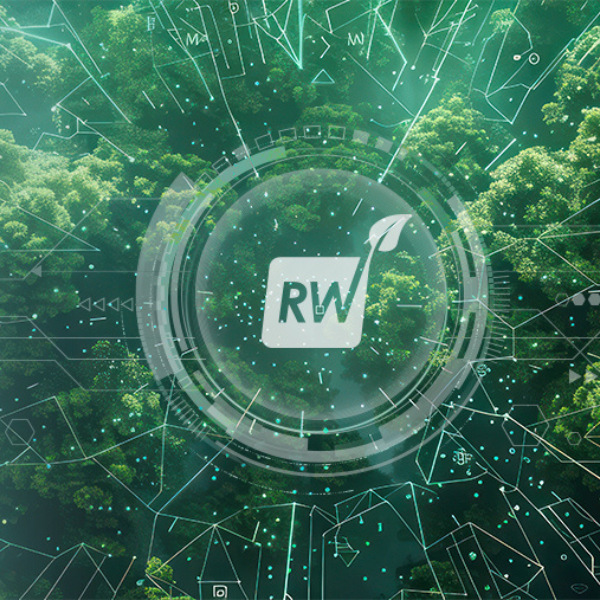U.S. foodservice operators are opting for fiber-based packaging options as sustainability pressures mount across the industry. With recycling rates for paperboard packaging quadrupling those of plastic, distributors and buyers are rethinking packaging priorities to meet evolving environmental and consumer demands.
The shift towards fiber-based packaging is driven by both environmental concerns and consumer preferences. According to the U.S. Environmental Protection Agency, paper and paperboard packaging had a recycling rate of 68.2% in the U.S., significantly higher than the 16.3% for plastic packaging. This disparity underscores the potential of fiber-based solutions in reducing environmental impact.
Beyond environmental advantages, fiber-based packaging offers practical benefits for foodservice operations. Moreover, the transition to fiber-based trays can often be implemented without significant investments in new production equipment, making it a cost-effective option for many businesses.
Consumer Demand and Brand Alignment
Consumer preferences are increasingly influencing packaging decisions. A survey conducted by Stora Enso Packaging Materials found that 58% of U.S. consumers prefer sustainable brands, and 50% are willing to pay more for sustainable packaging (packagingtechtoday.com). Additionally, one in four consumers reported choosing not to reorder from a restaurant due to excessive plastic packaging.
The move towards fiber-based cartons in the fruit and vegetable market reflects a broader trend of sustainability in the foodservice industry. By embracing these alternatives, operators can meet environmental goals, respond to consumer demands, and potentially realize operational efficiencies. As the industry continues to evolve, staying informed about packaging innovations will be crucial for maintaining competitiveness and meeting the expectations of a more environmentally conscious customer base.






